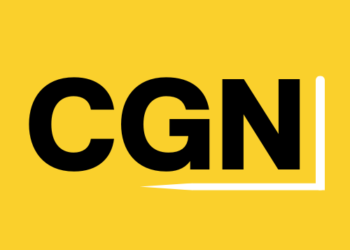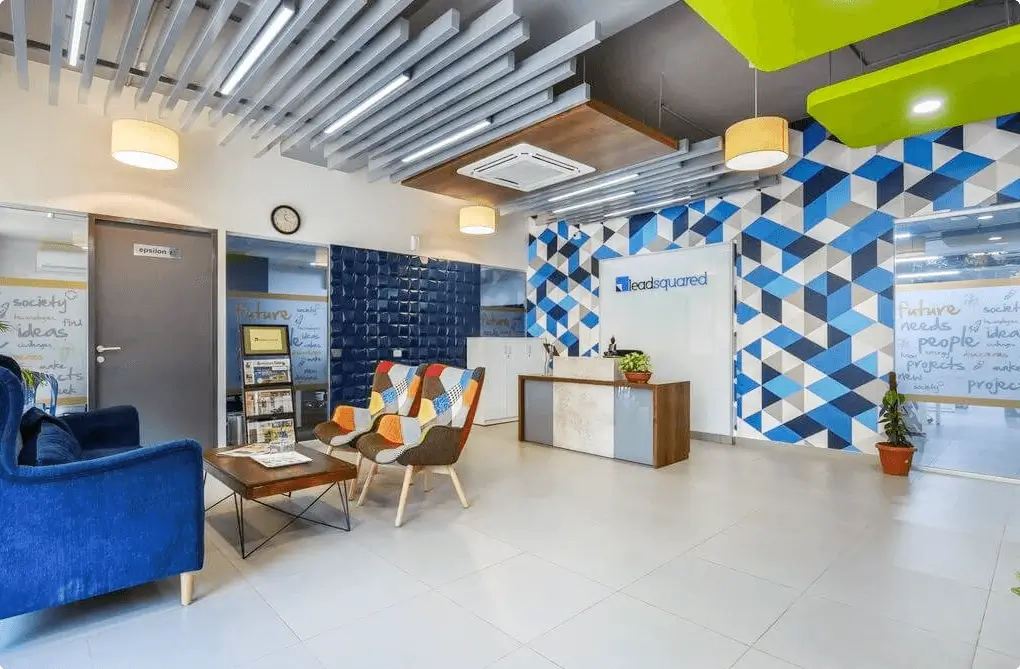The Financial Tug-of-War in India’s Quick Commerce Sector
In the competitive landscape of India’s quick commerce sector, financial sustainability is a hot topic. According to Deepinder Goyal, CEO of Zomato, the sector is burning through an estimated Rs 5,000 crore per quarter. Goyal claims that Zepto, a key player in this space, is responsible for over half of this expenditure. But is this claim accurate? Let’s delve into the details and hear from both sides.
Quick Commerce: A High-Stakes Game
Quick commerce, the rapid delivery of goods and services, is booming in India. With companies racing to capture market share, financial burn rates have become a focal point. Goyal’s assertion that the industry collectively burns Rs 5,000 crore quarterly raises eyebrows. His firm, Blinkit, contributes a mere 2-3% to this figure, while he suggests Zepto’s burn rate exceeds Rs 2,500 crore.
Zepto’s Counterclaim
Zepto CEO Aadit Palicha strongly disputes these figures. In a LinkedIn post, Palicha labeled Goyal’s statement as "verifiably untrue," promising transparency once Zepto publicly files its financial statements. While Palicha respects Goyal as an entrepreneur, he insists that the figures do not reflect reality.
- Palicha’s Perspective:
- Zepto’s financials will soon be public, offering clarity.
- Palicha views Goyal as a role model, emphasizing mutual respect.
- The aim is to build a world-class product for Indian consumers.
The Economics of Quick Commerce
The quick commerce model is inherently capital-intensive. Companies invest heavily in logistics, technology, and marketing to ensure swift deliveries. The question remains: Is this level of financial burn sustainable in the long run?
- Industry Challenges:
- High operational costs
- Intense competition
- Pressure to reduce delivery times
Insights from Industry Experts
Experts argue that while high burn rates are concerning, they are not uncommon in fast-growing sectors. The focus should be on achieving economies of scale and optimizing operational efficiencies.
- Key Considerations:
- Balancing growth with profitability
- Leveraging technology for cost reduction
- Building a loyal customer base
The Role of Technology
Technological advancements play a crucial role in shaping the quick commerce landscape. From AI-driven logistics to CRM tools, companies are harnessing technology to streamline operations and enhance customer experience.
- Technological Tools:
- AI and machine learning for route optimization
- CRM systems for personalized customer interactions
- Data analytics for demand forecasting
The Path Forward
As quick commerce firms navigate this high-stakes environment, the focus must shift from rapid expansion to sustainable growth. Companies need to innovate, optimize, and adapt to changing consumer preferences.
- Strategic Imperatives:
- Invest in technology to enhance efficiency
- Prioritize customer satisfaction
- Explore partnerships for market expansion
A Thoughtful Reflection
As a consumer, how do you perceive the rapid delivery services offered by these companies? Are you willing to pay a premium for convenience, or do you prioritize cost over speed? These questions are pivotal as the industry evolves.
In conclusion, the debate between Goyal and Palicha underscores the financial complexities of quick commerce. As this sector continues to grow, transparency and strategic foresight will be key to its success.


















